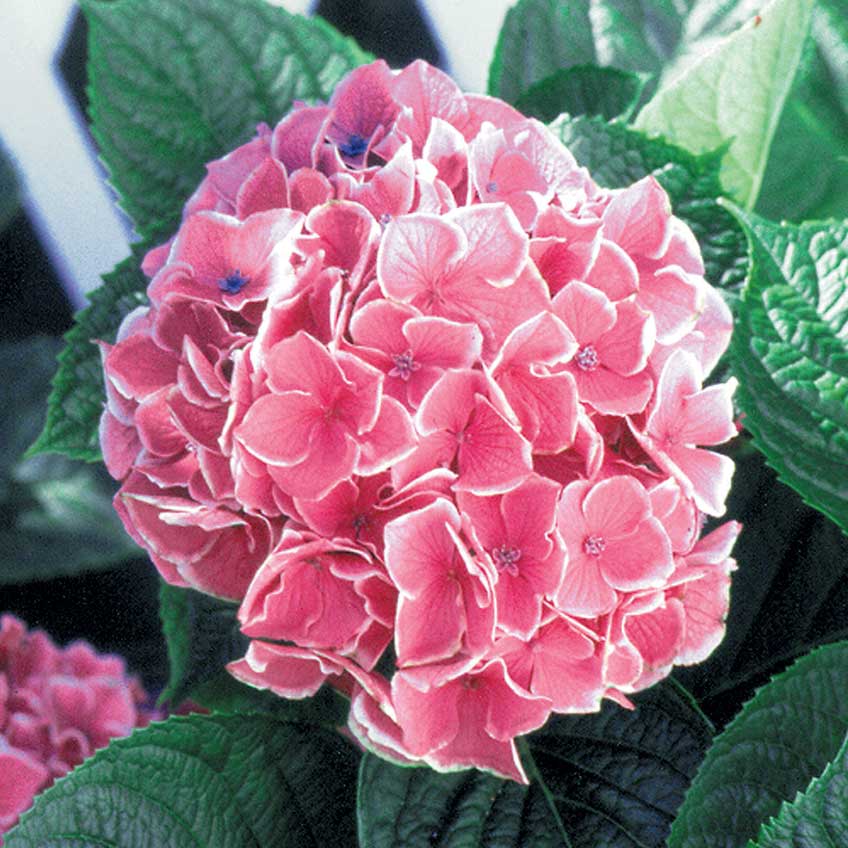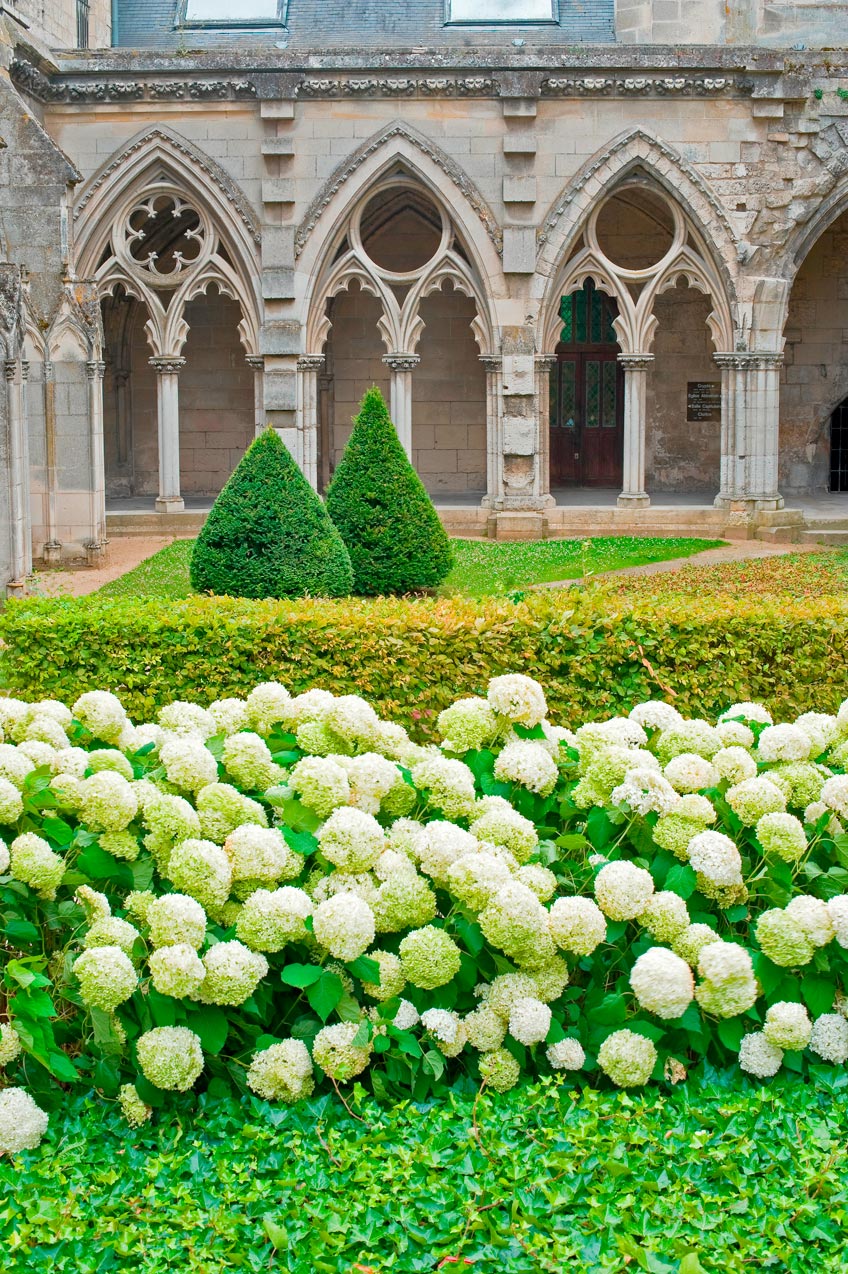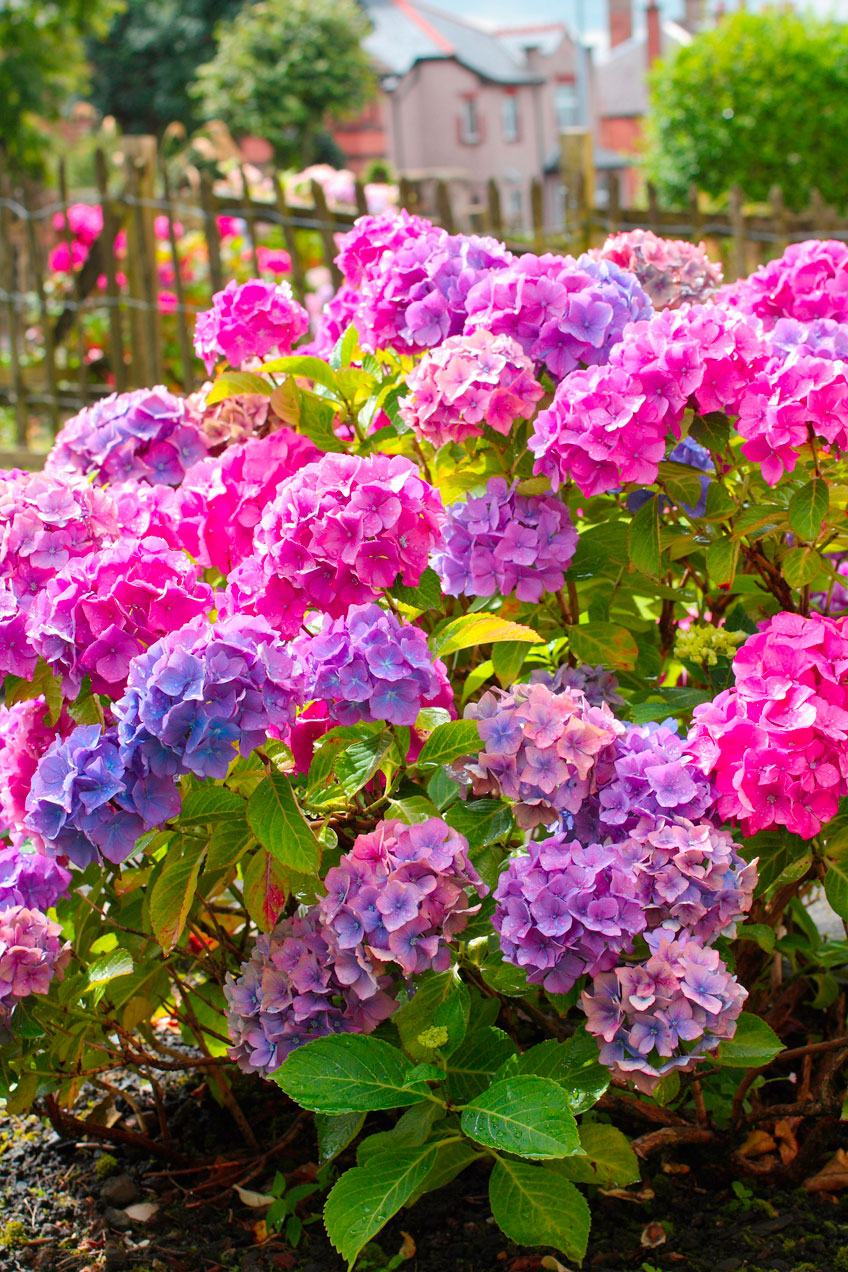The soft clouds of hydrangea flowers are a promise of summer. Let’s take a closer look at growing these plants year-round.

Wild Colours: Mai-ko hydrangeas in intense pink. Photo - Julietphotography/Shutterstock.com
Fact file
Name: Hydrangea sp.
Belongs: to the Hydrangeaceae family
Origins: East Asia, as well as North and South America
Flowering: Summer, through to autumn

Formal gardens: White mop tops look smart in formal gardens and won't change colour. Photo - Claudio Giovanni Colombo/Shutterstock.com
Now: There are two groups of hydrangeas flowering
now: hortensia or mophead types carry their flowers in large rounded heads; lacecaps are flat-topped flowerheads, with small central flowers surrounded
by larger flowers.
Autumn: Dead-head spent flowers.
Winter: This is the main pruning period (wait until frosts have finished in cooler zones). To maximise flower production, prune back lightly to
two fat buds. To produce fewer flowers of larger size, prune back by half and thin out the oldest wood. Save some hardwood cuttings to propagate plants
for friends.
Spring: Top up mulch and give regular, deep water throughout the warm months. Drying out damages flowers and weakens plants. Apply a controlled
release fertiliser and give plants a fortnightly application of Powerfeed for Flowers & Fruit.Take soft-tip cuttings to propagate. Re-pot potted
specimens in early spring.

Colour choice: These blue and pink tones suggest a neutral soil pH. Photo - Julietphotography/Shutterstock.com
We love them
Hydrangeas look great with their traditional garden partners, such as camellias and azaleas.
Warnings
These are thirsty plants, so grow them in pots if you can’t keep the whole garden well-watered throughout summer. Avoid positioning them in deep shade
or hot western sun.
What else
Hydrangeas are unique in that the flower can change colour, depending on the pH of the soil. To turn a blue hydrangea pink, apply dolomite lime several
times a year. Aim for a pH 6.0 to 6.2. Levels higher than this will cause iron deficiency. Use a fertiliser high in phosphorus, such as Phostogen,
to help prevent aluminium uptake.
To turn a hydrangea blue it needs aluminium. A solution of 1 tbsp of aluminium sulphate for every 3.5L litres of water will lower the pH (aim for 5.2 –
5.5). Water the solution into the soil around hydrangeas each month throughout the growing season. Alternatively use Yates Blueing Tonic. White flowers
don’t have any pigment so won’t change colour.
Where to buy
Visit nurseries throughout early summer to find the best specimens.